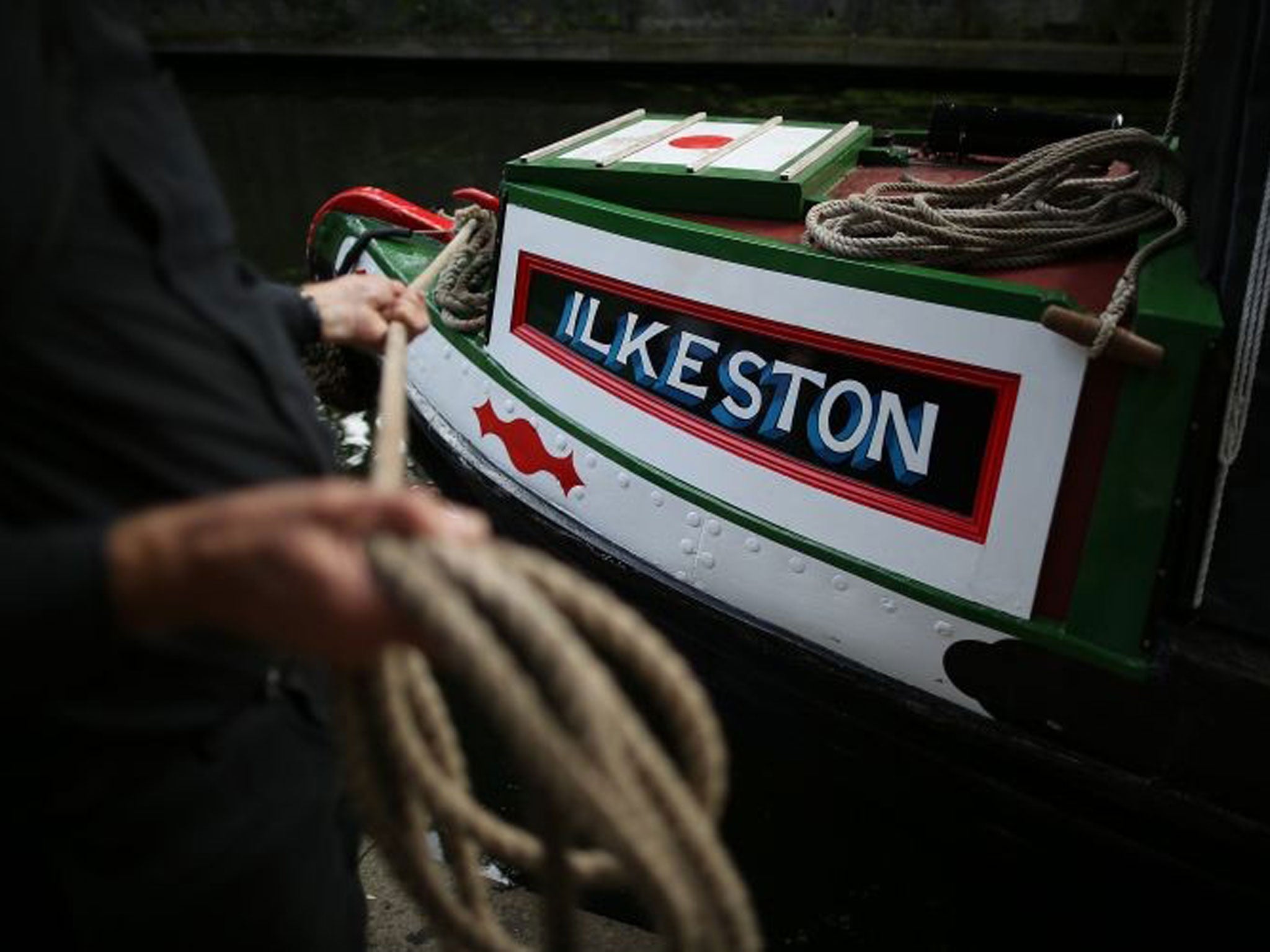Taking the plunge on houseboat living
With the cost of property soaring, canal life is looking more attractive than ever for some

Britain's canals and rivers have long had a magnetic attraction for people looking for a slower pace of life, but it seems that growing numbers of tenants and homeowners struggling against rising prices are turning to a life along the waterways.
"In the past few years the appeal of living this sort of lifestyle has really taken off. Houseboats can offer the same space as a flat and, with the peaceful, waterside location, are often an interesting option for many buyers," says Chris Early of estate agent Kinleigh Folkard & Hayward. "Often, they are considerably cheaper than a flat of a similar size and, with the wildlife and tranquil outlook, are gaining in popularity – especially among families and young professionals."
About 10,000 people are living along the 100-plus miles of canals in London alone, but the number of moorings has not kept up with demand. A lack of supply has caused "hotspots of overcrowding", according to a recent London Assembly report that called for the Canal and River Trust (CRT) to increase the number of moorings.
But if you can find a water berth, what do you need to know before you give up on bricks and mortar? The first choice is whether to have a permanent mooring, or to fire up and cruise the waterways.
Julia Jacks from the Residential Boat Owners' Association (RBOA) says: "A boat with an engine, designed for cruising, on which you live full-time, is referred to as a residential boat or live-aboard. This could be any boat – a converted fishing boat, Dutch barge, retired lifeboat, narrowboat, ex-oil tanker – you name it, the variety is unlimited".
If you want the security of an entirely fixed abode, there are also static boats custom-built for full-time living in one place. On the Thames, where there is more space, these houseboats can be giant structures built on rectangular hulls or pontoons, but you tend to find smaller, flat-like boats on other waterways. A standpipe connects water, mains electricity, telephone and broadband. Bottled gas is delivered.
Like a car, prices vary depending on the condition and size of the boat, from a few hundred pounds to many thousands. However, prices for permanently moored houseboats will reflect local property values and that of the mooring, whether it is leased or owned. You can find boats for sale in trade magazines or newspapers such as Waterways World and Towpath Talk, at boat shows and boat yards, or on dedicated sites such as Apollo Duck, Premier Houseboats and Boats & Outboards.
As a continuous cruiser, you will need to be licensed by the waterway authority wherever you go. For most of the waterways this is the CRT, but there are independent owners and for the Thames it is the Environment Agency or the Port of London Authority, while the Broads Authority presides over East Anglia. You will need a Boat Safety Certificate (costing about £150) and insurance (which could vary from £100 for a small river cruiser to about £500). There will be restrictions on how long you can moor in one place – for example, on Canal and River Trust waters you can stay for up to 14 days. If you're staying put, it can be surprisingly expensive. Like a leasehold property, the moorings are either bought for a set amount of years or as a rolling licence. The cost will depend on the size of the boat, the facilities and the area, with London generally the most expensive. Costs could start from £1,000, rising to £12,000 a year in London.
One sought-after mooring spot in London is the Wenlock Basin, off the Regent's Canal near the Angel, Islington, and Emma Fildes of boutique estate agency Fyfe Mcdade has sold a number of narrowboats in this private basin. "Mooring fees are around £1,350 per quarter, which includes maintenance of the basin and use of its facilities, including security, communal areas and refuse collection," she says. "When you consider that the going rate for flats in the area [is] £500,000 upwards, it's an effective way to enjoy waterside living and a central location on a budget."
You often find moorings for sale with a vessel, and the value of a houseboat often reflects the number of years remaining. For example, Riverhomes is selling a five-year mooring near Kew Bridge that comes with a one-bedroom narrowboat for £75,000. At the other end of the scale, it has a £1.85m four-bedroom houseboat with a 45-year mooring near Putney which has its own underground parking space and access to a swimming pool and gym. Owners with a permanent mooring also have to factor in council tax (albeit in the cheapest band), running costs and boat maintenance.
High street banks steer clear of lending for a canal boat so many people buy in cash, although HSBC and RBS have divisions that handle lending for engineless houseboats. If your bank won't bite, there are specialist marine finance firms such as RoyScot Larch and Collidge and Partners, but rates are higher and the borrowing term is shorter than for standard residential mortgages – you typically need a 25 per cent deposit and to pay the loan back over 10 or 15 years.
The message from everyone who has had a taste of canal boat life is that you must be committed to it. You have even less protection than a normal tenant because a houseboat is not legally regarded as a home, so you have no specific safeguards from bad landlords and unfair leases.
Subscribe to Independent Premium to bookmark this article
Want to bookmark your favourite articles and stories to read or reference later? Start your Independent Premium subscription today.

Join our commenting forum
Join thought-provoking conversations, follow other Independent readers and see their replies